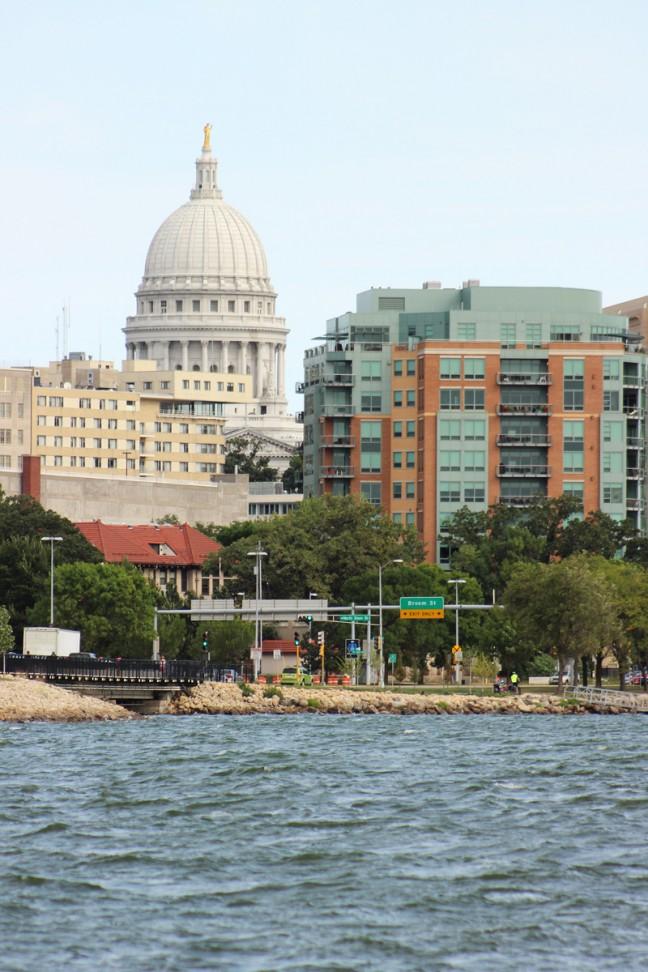One of the things I love so much about the University of Wisconsin is the campus feel. Situated in the state’s capital, with all the resources of a city, it’s still sequestered within its own perimeter. Going from class to class on a daily basis, I sometimes forget the “real” world is just blocks away. As I get wrapped up in studying for midterms and writing lab reports, I lose sight of the fact that there’s a need for me to become involved in the greater Madison community. It’s a city that’s so much more than the Capitol building, State Street or Ian’s Pizza. It’s the cultural center of Wisconsin charged with the energy of 243,344 citizens and permeated with the Wisconsin Idea stemming from UW. To fully appreciate the greatness of this city, UW students must immerse themselves in the local community. Participating in the local community is a civic responsibility, and it can have a significant impact on both students and the communities they serve.
Last semester, I witnessed this idea firsthand through my experiences with Boys and Girls Club of Wisconsin. Every Saturday, I traveled to south Madison and tutored young students who live there. This opportunity not only allowed me to use and share what I have learned here at UW – a cornerstone of the Wisconsin Idea – but it also allowed me to make a difference in the lives of children. In addition to the benefits gained by the community, I also gained new perspective on life. I was able to look into the lives of kids who often did not have the comfort or encouragement in knowing that they would go to college.
Just as students should make efforts to be involved in the community, the university must also continue to invest in community initiatives. The South Madison Partnership is a prime example of UW’s investment in the outside community. Among its many roles, the 3,000 square foot facility will host classrooms, conference rooms and offices that provide a space for adult learners and community groups, such as the Dementia Outreach Group. Its mission is centered on education, whether that be through the Odyssey Project (a year-long program in which six English credits are earned from UW), supporting the local food movement or helping with rental disputes and other issues through the UW Law Clinic. The Office of Community Relations spearheaded this effort, and the partnership is a perfect example of the close links the university must form with non-student members of the city.
Now, I hate to bring in the issue of the budget cuts, because the challenges the proposal entails have been beaten half to death — although certainly not buried — but I have to recognize that this will be a challenging time to fund the expansion and improvement of the program, if that is what the Office of Community Relations wishes to do. Despite the potential budgeting problems the partnership may face, it is an incredible endeavor, and I feel honored to be part of such an energetic community of people that takes interest in promoting education beyond the “borders” of campus. This progress should continue, and funds must continue to be allocated to initiatives such as the South Madison Partnership.
Just as the funds must be found for the South Madison Partnership, the conversation on campus regarding community involvement must change. Even Everett Mitchell, the director of community relations at UW, has acknowledged that a lot of people “don’t want to come to south Madison.” Therein lies a central issue in Madison and the cause for the need of educational outreach. This must be part of the focus of the Wisconsin Idea on campus. By creating opportunities for people outside of campus, UW is extending its world-class academics and revered professors to an area that in some ways has not had the means to engage in the academic enrichment that we as students, myself included, can sometimes take for granted.
Megan Stefkovich ([email protected]) is a freshman majoring in biology.














